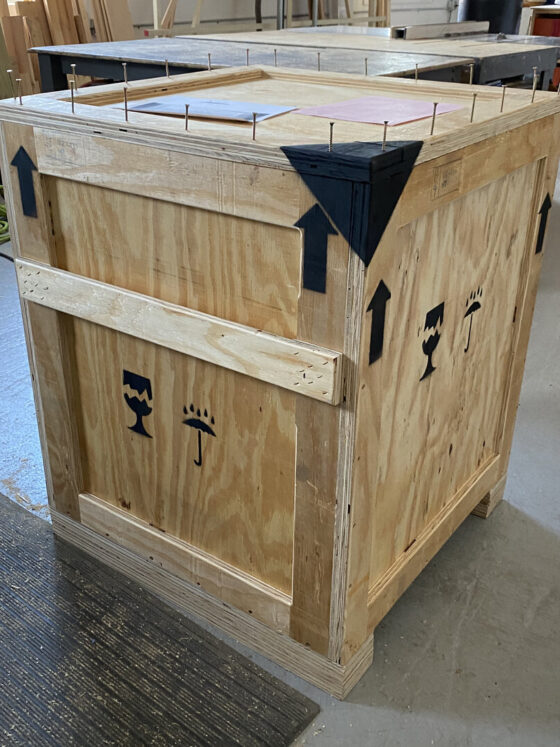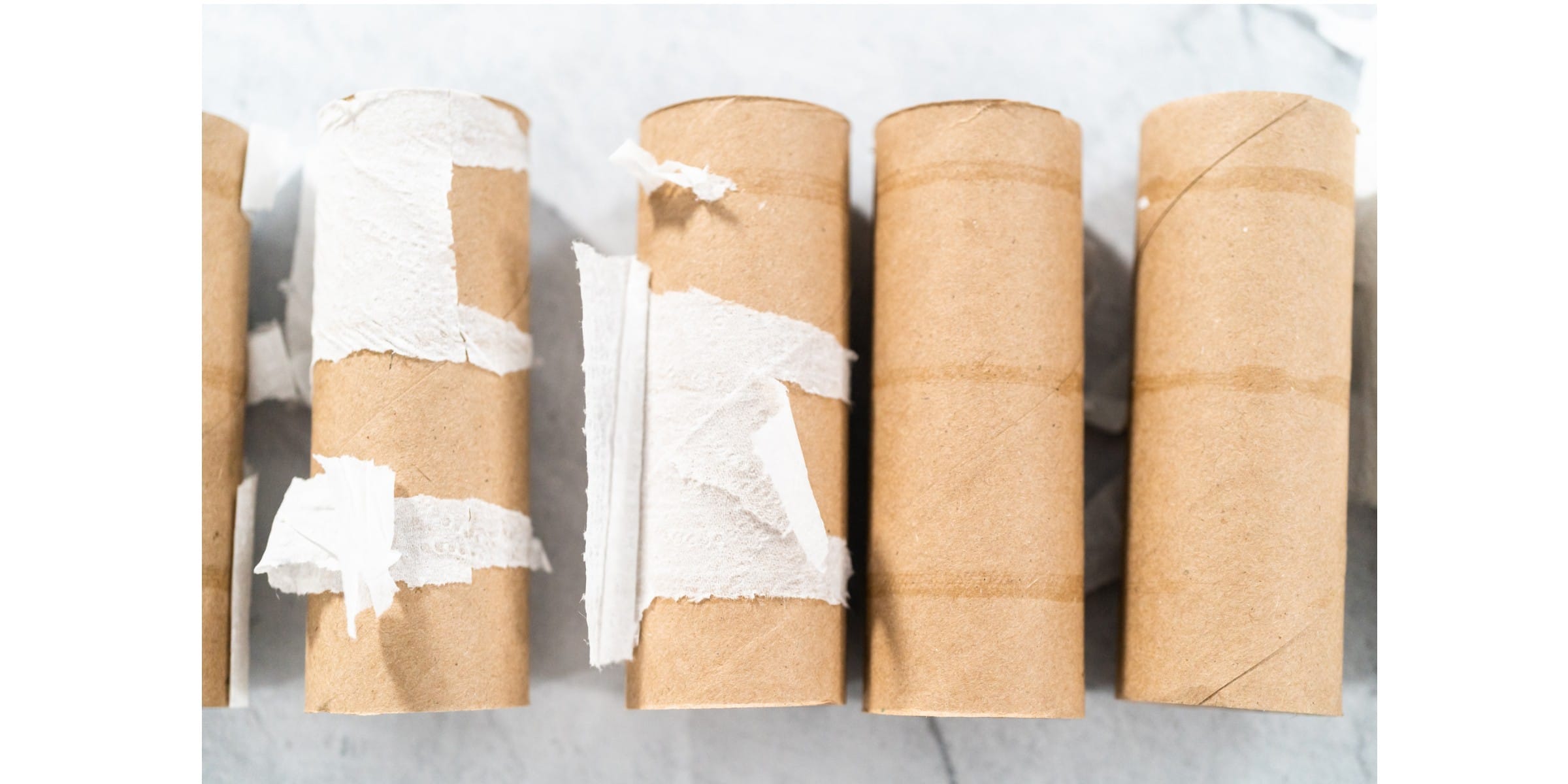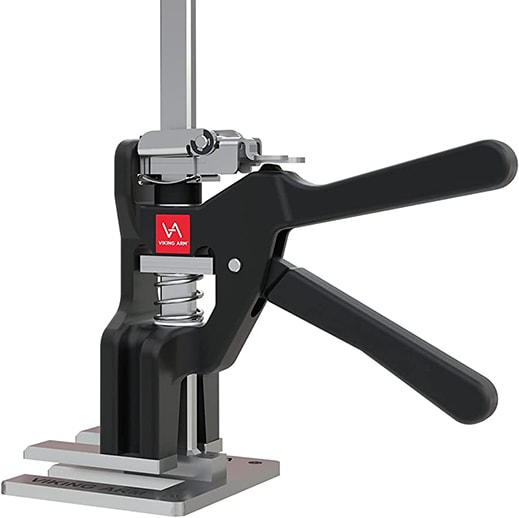EXHIBIT TIPS FROM AROUND THE WORLD
This is an extended version of an article that appeared in the January/February 2014 issue of ASTC’s Dimensions magazine
ON THE PROCESS FOR DEVELOPING AN IN-HOUSE EXHIBITION
Science World British Columbia, Vancouver, Canada, created a new music exhibition, AMPED, in house and with unprecedented support from the local community. With so many parameters to explore, the challenge was to develop a cohesive focus that maximized the visitor experience without creating prohibitive costs.
We hope the guidelines below will help you develop your own amazing in-house exhibition.
- Once your executive team approves the project concept, develop a creative brief that outlines your broad objectives, budget, schedule, and success criteria.
- Research exhibit content relevant to your target audience. For AMPED, we consulted the local music community, reviewed academic literature, and researched music-related equipment.
- Your research should yield a variety of stories that could be presented to the public. Select the best stories that would make unique, engaging, and easy to use, yet feasible, interactive experiences. For AMPED, the theme became the story of technology and popular music.
- Place those stories in a storyline, explaining the content/experience and the best way to convey each story (e.g. interaction, infographic, programming, web link, tablet app, etc.) AMPED required large infographics to relay complex content.
- Create an Exhibit Concept Document for each interactive experience, detailing content, objectives, visitor experience, possible equipment, and possible pitfalls. We saw loopers as a key experience in the AMPED exhibition and dedicated a considerable amount of time developing a quick way for visitors to learn how to create music loops.
- You are now ready to create your prototype and evaluate the experience with test groups. We set up AMPED exhibits near our main entrance and encouraged the public to try out the equipment. We found this feedback to be extremely useful.
Creating your own exhibition in house can be quite overwhelming, but it can also be very rewarding. Don’t be too quick to pick up your hammer or paintbrush. Careful development and planning can ultimately save you time (during the crunch), resources, and frustration.
Jason Bosher, communications coordinator, Science World British Columbia, Vancouver, Canada






Leave a Reply
You must belogged in to post a comment.